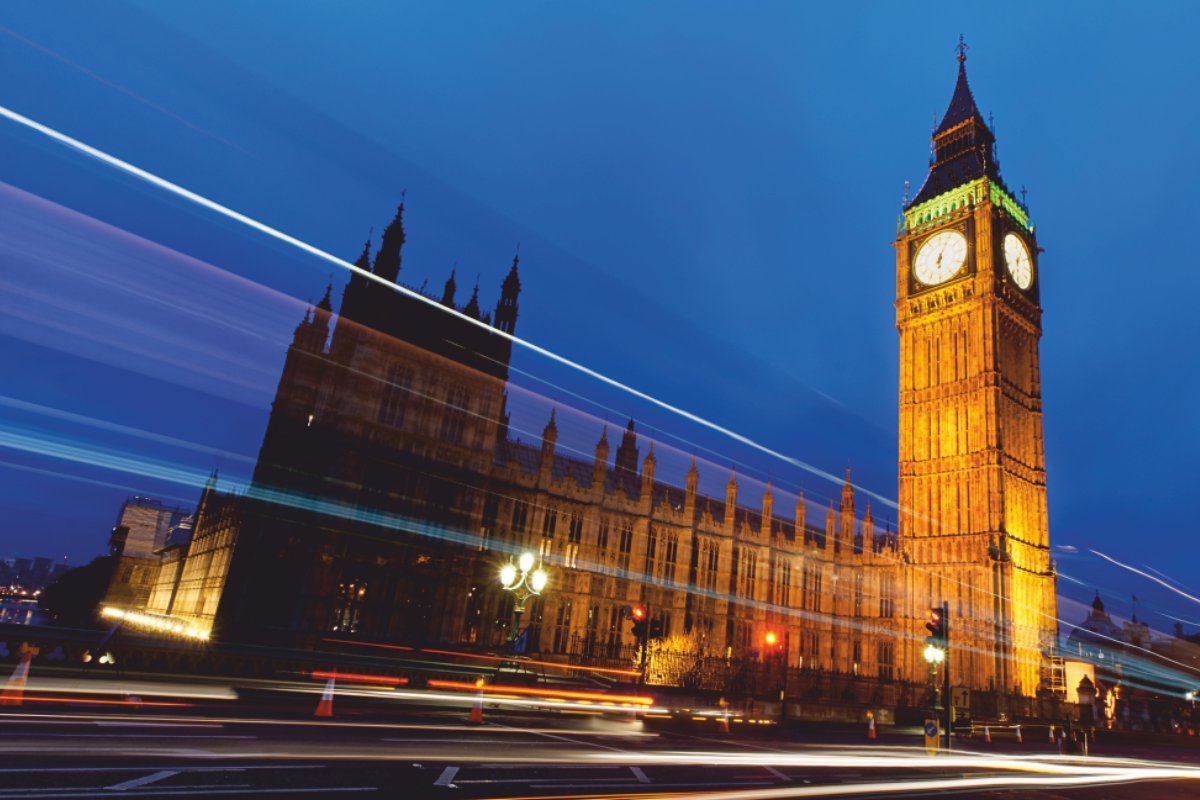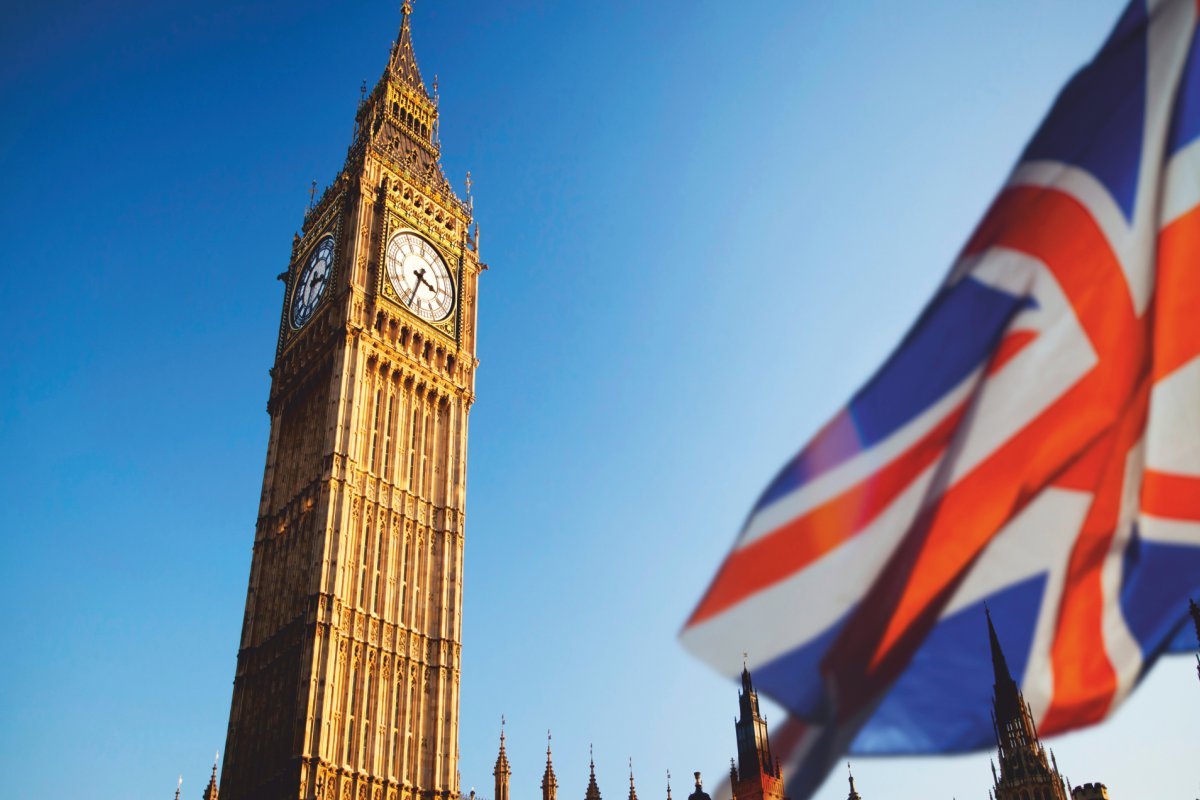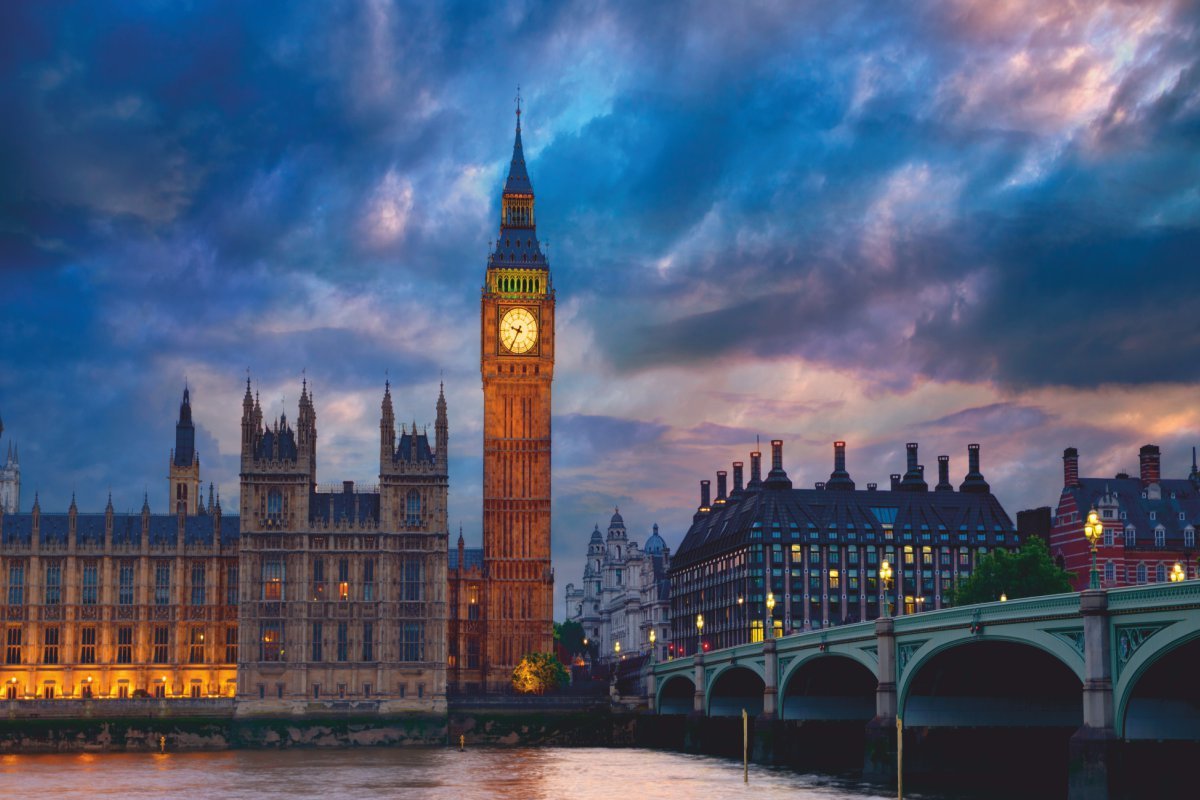Source – Canva
Serving the symbol of British resilience and democracy throughout history, Big Ben remains one of the most iconic symbols of London. It is a popular tourist attraction among millions of visitors. The Latin inscription beneath the clock face translates to “O Lord, safeguard our Queen Victoria the First.” Being the most recognizable landmark in London, Big Ben is the must-see monument for first-time visitors in the English Capital. Each dial is 7 meters in diameter and is located on the north banks of the river Thames. In this article, you will be reading about its history and lesser-known facts.
History Behind the Big Ben
The history of Big Ben dates back to mid 19th century when the British Parliament decided to rebuild the Palace of Westminister. The architect Sir Charles Barry won the competition to design the new palace, and construction began shortly thereafter. Initially known as the Clock Tower, it was later named the Elizabeth Tower in honor of Elizabeth II.

To complement the architecture of the palace, Augustus Pugin built it in a neo-Gothic style. Moreover, the clock was designed by Edmund Beckett Denison, and the clockmaker responsible for its construction was Edward John Dent. The clock faces, each measuring over 7 meters (23 feet) in diameter, were installed in 1859. The Great Bell was cast by the Whitechapel Bell Foundry in 1858 and originally chimed for the first time on July 11, 1859.
Lesser-known Facts about Big Ben
In this section, you will be exploring, lesser-known facts that provide insight into the rich history and unique features of one of London’s most iconic landmarks.
- The name Big Ben does not refer to the clock itself but to the Great Bell housed within the tower which is officially known as the Elizabeth Tower.
- The Big Ben shows the most incredibly accurate timing.
- The history behind its name is uncertain as according to some theories, it is named after Sir Benjamin Hall, while others attribute it to heavyweight boxing champion Benjamin Caunt.
- Various musical compositions have included chimes for the shows like the introductory theme of the BBC World Service Radio Program.
- Throughout history, it has been silenced on certain occasions like World War II to stop being used by enemy aircraft as navigating aid.
- The color of the clock face has been changed over the years. Initially, it was light Prussian blue and in 1930 it was changed during restoration work.
- There are hidden rooms inside Elizabeth Tower including a prison cell used to detain Members of Parliament who are found guilty of misconduct.
- The clock face has been made of 324 pieces of opal glass, all held together with a cast iron frame. With four clockfaces on the tower, that’s a staggering 1,292 individual pieces of glass in total!
- There are four other small quarter bells present beside the Elizabeth Tower and each bell makes a musical note.
- The first quarter bell plays a G
- The second quarter bell plays a F#
- Big Ben and the third-quarter bell both play an E
- The fourth quarter bell plays a B
Big Ben itself chimes every hour alongside the quarter bells, and the quarter bells chime by themselves every 15 minutes.
- Elizabeth Tower stands more than 96 meters tall, with 334 steps to climb up to the belfry and 399 steps to the Ayrton Light at the very top of the tower.
Interesting Events at Big Ben
In 2002, the celebration of the New Millennium event took place at the Elizabeth Tower which was temporarily named “London Millennium Tower” and equipped with digital countdown clocks to mark the occasion. However, this change was only temporary, and the tower reverted to its original name after the celebrations concluded.

Moreover, it regularly chimes to mark significant events and occasions, including New Year’s Eve celebrations, Remembrance Day, and the opening of Parliament. Its resonant chimes have become synonymous with important moments in British history and culture. In 2012, during the diamond jubilee event of Queen Elizabeth II, the British Government paid tribute to her reign and her long-standing success in the United Kingdom.
Role in Popular British Culture:
Big Ben has been featured prominently in various popular culture which includes films, literature, and movies.
- You might have watched it in one of the episodes of the Sherlock Holmes Web Series: The Empty Hearse where there was a time bomb at the underground metro and the building of Parliament as well as the Clock Tower was supposed to explode.
- In films, it often serves as a visual shorthand for London and the United Kingdom, appearing in iconic scenes that showcase the city’s landmarks.
- In literature, it is frequently referenced as a symbol of London’s rich history and cultural heritage, evoking a sense of nostalgia and tradition.
- In music, its distinctive chimes have been sampled and incorporated into numerous compositions, adding a touch of authenticity and atmosphere to musical pieces.
Impact on Tourism and its Status as a World-Renowned Landmark:
The monument attracts millions of tourists from around the world each year, drawn to its impressive architecture and historical significance. The Clock Tower is a focal point for visitors exploring London, with many taking guided tours to learn more about its history and construction. Its iconic silhouette has become synonymous with London’s skyline, contributing to its status as a world-renowned landmark and symbol of the city. Its presence in tourism promotions and marketing materials further enhances its visibility and appeal to travelers seeking to experience the cultural richness of London.

Big Ben has come to symbolize the resilience and endurance of the British people, particularly during times of adversity such as World War II. As one of the most recognizable landmarks in London, the monument embodies the values of democracy and stability that are integral to British society. The clock’s steadfast ticking and chiming serve as a reassuring presence, reflecting the strength and perseverance of the nation.
Challenges and Controversies:
1. Technical Complexity:
The intricate mechanical workings of Big Ben present challenges in terms of maintenance and restoration. The clock mechanism requires specialized expertise and careful handling to ensure its continued accuracy and reliability.
2. Access Limitations:
Access to certain parts of the clock tower, including the clock faces and bell chamber, can be limited and challenging for maintenance personnel. This can complicate repair and restoration efforts, requiring innovative solutions to access and work on these areas safely.
3. Conservation vs. Modernization:
There is often debate over whether restoration efforts should prioritize conservation to preserve the historical integrity of Clock Tower or incorporate modern upgrades to improve functionality and longevity. Balancing these considerations can be contentious, with differing opinions among conservationists, engineers, and heritage advocates.
4. Funding and Budgetary Constraints:
Funding for maintenance and restoration projects of Big Ben may be limited, leading to delays or compromises in the scope of work. Securing adequate funding for comprehensive restoration efforts can be challenging, particularly when competing with other infrastructure projects and budget priorities.
5. Disruption to Operations:
Major maintenance and restoration work on Big Ben can result in disruptions to its regular operations, including temporary silencing of the clock and closure of the tower to visitors. Balancing the need for maintenance with minimizing disruptions to tourism and public access poses logistical challenges for project planners.
6. Controversy over Renaming:
The decision to rename the Clock Tower as the Elizabeth Tower in 2012 sparked controversy among some individuals who argued that it undermined the historical significance of the name “Big Ben.” This controversy highlighted tensions between honoring tradition and recognizing contemporary figures in British history.
Conclusion:
With all the challenges and controversies regarding the restoration work of Big Ben, the monument remains the most popular benchmark in the English Capital. We hope our article provided important insights regarding the Clock Tower. If you are going to visit the city in the future, do not forget to visit the tower and remember Big Ben is referred to as the Great Bell inside the tower.









